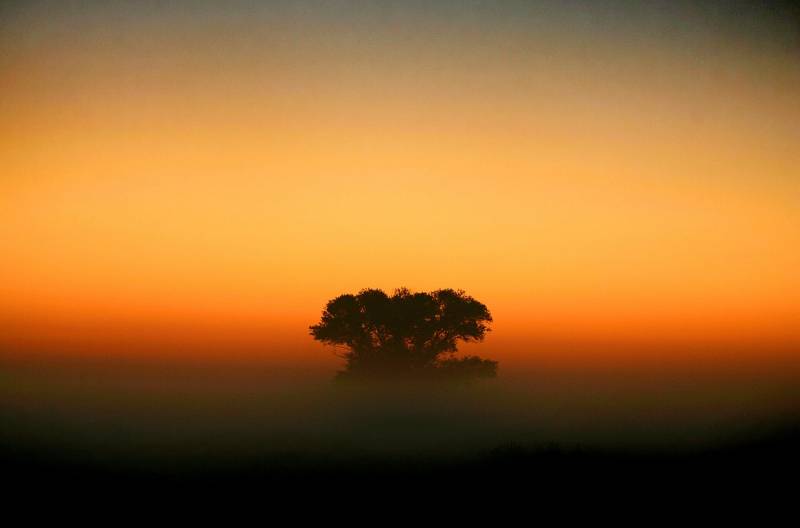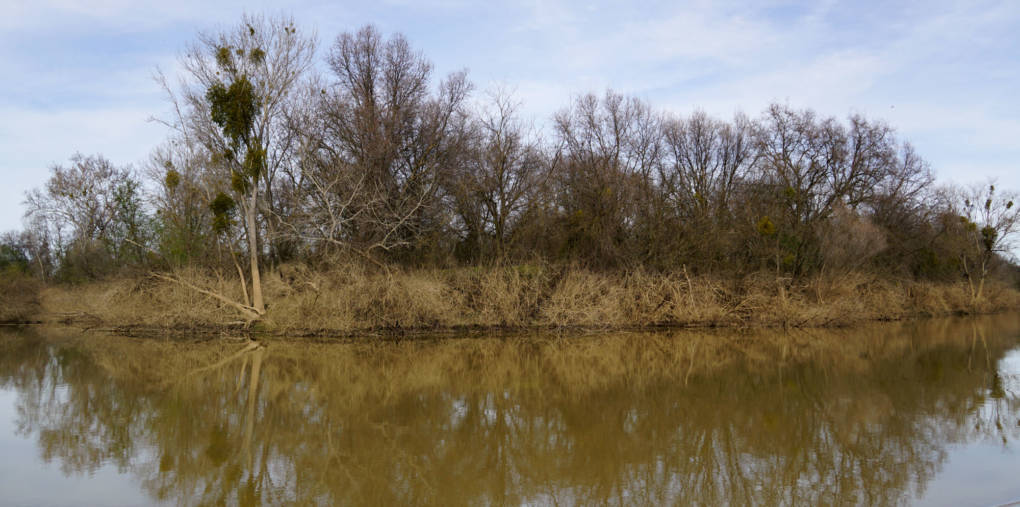She found a potential solution (championed by UC Davis’s Graham Fogg, one of her water detectives): vast ancient riverbeds cut by glaciers thousands of years ago that now lie underneath California’s Central Valley.
Her latest cover story in Bay Nature magazine is all about these ancient riverbeds. Gies spoke with KQED’s Watt about their potential to help California with its water problem.
Their conversation has been lightly edited for length and clarity.
Brian Watt: The first line of your piece reads, “Tens of thousands of years ago, California’s Sierra Nevada mountains wore upon their shoulders the ancestors of today’s rivers.” That’s quite a picture. Do a little more painting for us here. How did these valleys come to be?
Erica Gies: There were several phases of glaciers coming down from the north and then going back up. When the glaciers melt, they create quite a bit of powerful water, pushing downstream gravel, sand, other debris and cutting these really large canyons a mile wide, a hundred feet deep. As the glacial cycle progressed, sea levels rose, the water slowed, there was less ice melting, and all of that debris lost momentum and then backfilled those cut canyons with coarse cobble. And then over time, silt came down over it, creating the valley floor.
How do we really know that they’re there?
My main source in this article is hydrogeologist Graham Fogg, professor emeritus at UC Davis. He’s been tracking these for decades. He says there’s a predictability in these glacial cycles. He knows that every major stream coming off of the Sierra has these paleo valleys. That’s how he knows generally that they exist, but only three of them have been discovered over about 25 years.
Sounds like the process of finding them has been really slow?
People use well logs; when people look for water, oil and gas, they drill with a hollow bit, bringing up a tube of sediment. You can see what happened from a geological perspective. Researchers were looking through 10,000 of these well logs trying to find the paleo valleys. Very time-consuming. But more recently, the Department of Water Resources has funded research for something called airborne electromagnetic surveys. Basically, they fly a helicopter over the ground with this machinery underneath it, an instrument that uses an electrical current to generate a magnetic field that sends data to researchers about where there’s clay, which is 65% to 80% of the underground. But also where there’s this cobble, which are the places where the water flows much more rapidly than in the clay.
These underground valleys could actually be of some use to the state?
That’s right. [The state] needs to think longer-term about it because that water comes in the wet years. With climate change, we’re getting bigger atmospheric river rainstorms and we’re seeing more flooding. [California needs to] capture this water to prevent it from flooding homes and businesses and to move it above these special paleo valleys. They’ll absorb the water very quickly, preventing flooding and then, in a slower time scale, that water will seep into the surrounding clays, raising the water table.
That could do all kinds of beneficial things?
Basically, the way that we’ve managed water in California has dramatically upset natural hydrology. The Central Valley used to flood almost every year. That’s a floodplain, meant to absorb floods. But we’ve levied it. We’ve moved the water south. We’ve done all this hyper-engineering so the water isn’t sitting on the land in the same way. And then we’ve made that worse by pumping groundwater. And as we’ve seen, the water table has fallen many feet below ground. That groundwater and surface water are the same water. They’re linked. When we pump groundwater, that’s not a new supply of water.
We’re actually reducing surface water, and a healthy groundwater system feeds springs, creeks that flow year-round, and wetlands. Putting the water in these paleo valleys could help to restore the health of the groundwater system. More water in rivers for fish, more water available to hydrate plants, reducing the severity of wildfires. Water would be higher also for people who were pumping it or taking it out of rivers.
What do you want people to know about water?
If the world doesn’t reduce carbon emissions, which of course we need to do, we can still improve our drought and flooding situations locally by making space for slow water. These water detectives are advocating for an un-engineering that allows space for our water to slow on the land. There are a lot of ways that we can do that within our existing human habitat. And that’s what my book is about.

